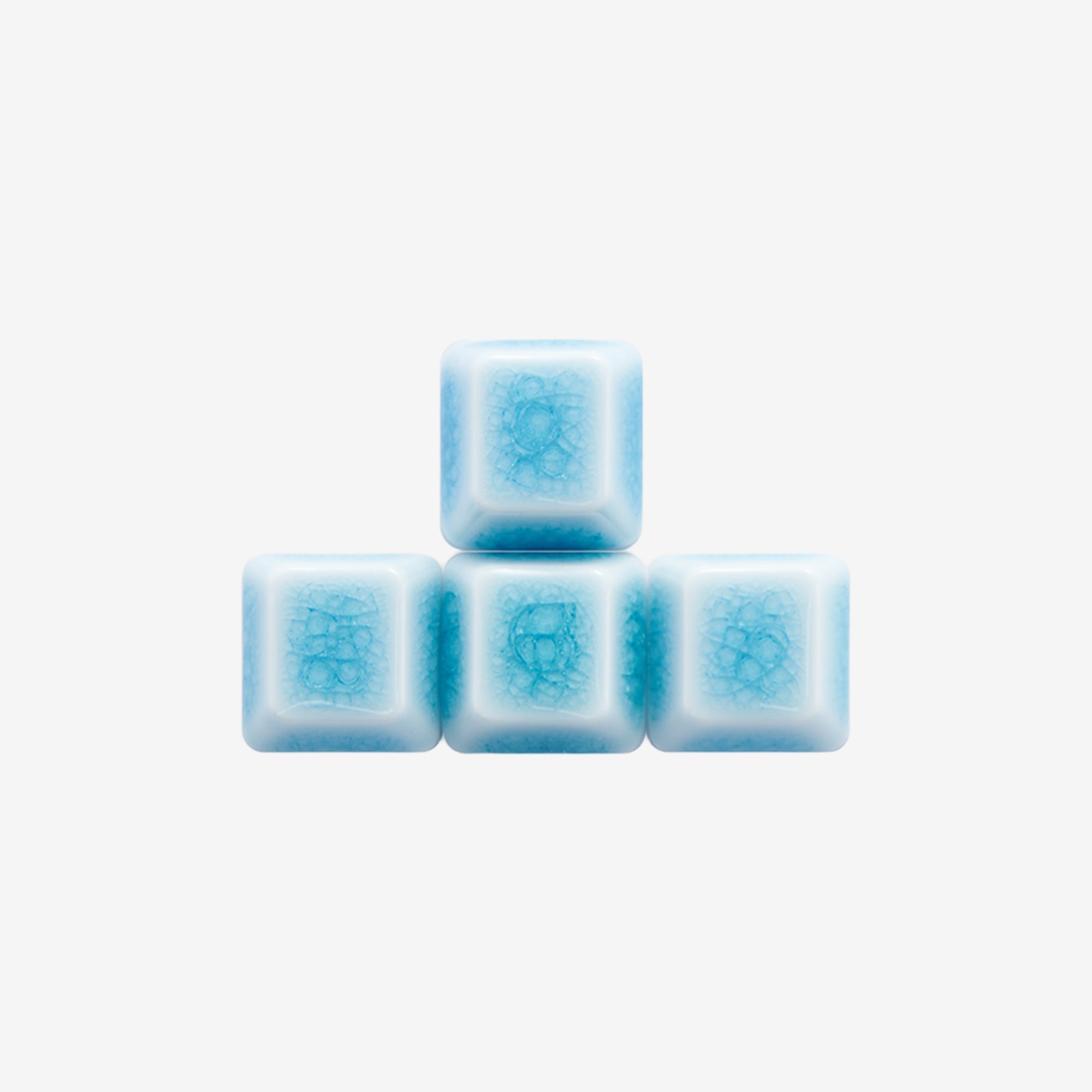When it comes to choosing a mechanical keyboard, feel is everything. Whether you're a programmer typing for hours, a gamer chasing millisecond reactions, or a writer chasing flow, the tactile experience of your keyboard matters more than you might think.
In recent years, low profile mechanical keyboards have surged in popularity, promising a sleeker look and faster typing. But how do they truly compare to traditional mechanical keyboards, the long-standing favorite of enthusiasts? Let’s explore the differences—with data to back it up.
What Are Low Profile Mechanical Keyboards?
Low profile keyboards are designed with a slimmer form factor and shorter key switches. Here’s what sets them apart:
| Feature | Low Profile Keyboards |
|---|---|
| Key travel distance | ~2.5mm |
| Actuation point | ~1.2–1.5mm |
| Switch height | ~11.5mm |
| Keyboard thickness | 20–22mm (without keycaps) |
| Switch types | Kailh Choc, Cherry MX LP, etc. |
These keyboards are typically used for portability, ergonomics, or fast-paced typing. Brands like Logitech, Keychron, and Cooler Master are known for their sleek low-profile designs.
What Are Traditional Mechanical Keyboards?
These keyboards use full-height mechanical switches, the classic choice for typists and gamers. Their characteristics include:
| Feature | Traditional Mechanical Keyboards |
|---|---|
| Key travel distance | ~4.0mm |
| Actuation point | ~2.0mm |
| Switch height | ~18.5mm |
| Keyboard thickness | 35–40mm (without keycaps) |
| Switch types | Cherry MX, Gateron, TTC, etc. |
This design offers a rich typing experience and robust build. Many are fully customizable, from switch types to keycaps and sound dampening mods.
The Typing Experience: Data-Driven Comparison
1. Typing Speed and Fatigue
A 2023 user study by Switch and Click showed that:
-
Users typed 8–12% faster on low profile keyboards compared to traditional ones.
-
However, error rates were also 5–7% higher on average for low profile users.
This suggests low profile switches may benefit speed, but require adaptation for accuracy.
2. Ergonomics and Comfort
A study published in Applied Ergonomics (2021) found that keyboards with reduced height and travel led to:
-
Lower wrist extension angles (mean reduction: 8–10°)
-
Less muscle strain in forearm extensors after 60 minutes of continuous typing
Low profile keyboards generally promote a more neutral wrist position, especially when used without a wrist rest.
3. User Preferences Survey
According to a 2024 Reddit r/MechanicalKeyboards poll with over 5,000 votes:
-
62% of users prefer traditional keyboards for their satisfying feel.
-
28% preferred low profile for portability and ergonomics.
-
10% were undecided or used both.
Sound and Feel: Subjective but Significant
-
Low Profile Switches: Tend to be quieter and feel more "snappy" or "tight." Popular among mobile professionals.
-
Traditional Switches: Offer more travel and "thocky" or "clicky" sounds. Ideal for those who enjoy audible feedback or custom sound tuning.
Customization and Durability
| Feature | Low Profile | Traditional |
|---|---|---|
| Hot-swappable options | Limited | Widely available |
| Aftermarket keycaps | Limited | Abundant options |
| Switch lifespan (avg.) | 50M keystrokes | 50–100M keystrokes |
| Modding potential | Low | High |
Traditional keyboards clearly dominate in the customization space, offering more flexibility for enthusiasts.
Which One Feels Better?
It comes down to use case and personal preference:
✅ Choose Low Profile If You:
-
Type on the go or work in shared environments
-
Prefer faster keystrokes and minimal wrist movement
-
Like sleek, minimalist aesthetics
✅ Choose Traditional Mechanical If You:
-
Value rich tactile feedback and deep key travel
-
Spend long hours typing or gaming
-
Want to explore mods, custom keycaps, and switch swaps
Frequently Asked Questions (FAQ)
Q1: Are low profile keyboards better for your wrists?
A: Yes, their lower height reduces wrist extension, which can help with comfort during long typing sessions. However, posture and desk setup also play a critical role.
Q2: Can I game with a low profile mechanical keyboard?
A: Absolutely. Many esports players use low profile keyboards for faster actuation. Just ensure the switch type suits your preference (e.g., linear vs. tactile).
Q3: Are low profile switches less durable?
A: Not necessarily. Most low profile switches are rated for 50 million keystrokes—on par with many traditional mechanical switches.
Q4: Why do traditional keyboards feel "better" to some users?
A: It’s often due to the satisfying travel, audible feedback, and the emotional connection many enthusiasts have with classic mechanical switches.
Q5: Can I get a custom low profile mechanical keyboard?
A: Options are limited but growing. Brands like Keychron and Nuphy offer hot-swappable low profile boards with some level of customization.
Final Thoughts
There’s no universal winner in the debate between low profile and traditional mechanical keyboards. What feels better ultimately comes down to how, where, and why you use your keyboard. If you can, test both styles—your fingers will make the final decision.



Hinterlasse einen Kommentar
Diese Website ist durch hCaptcha geschützt und es gelten die allgemeinen Geschäftsbedingungen und Datenschutzbestimmungen von hCaptcha.